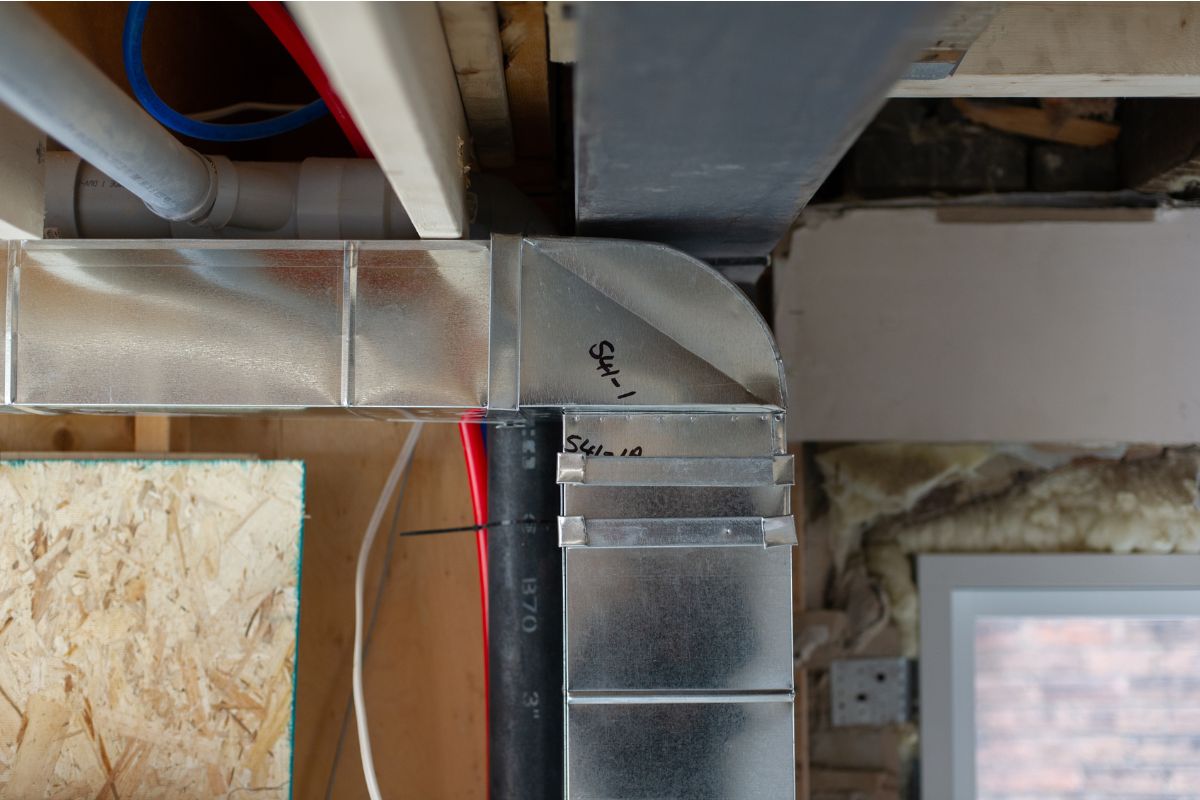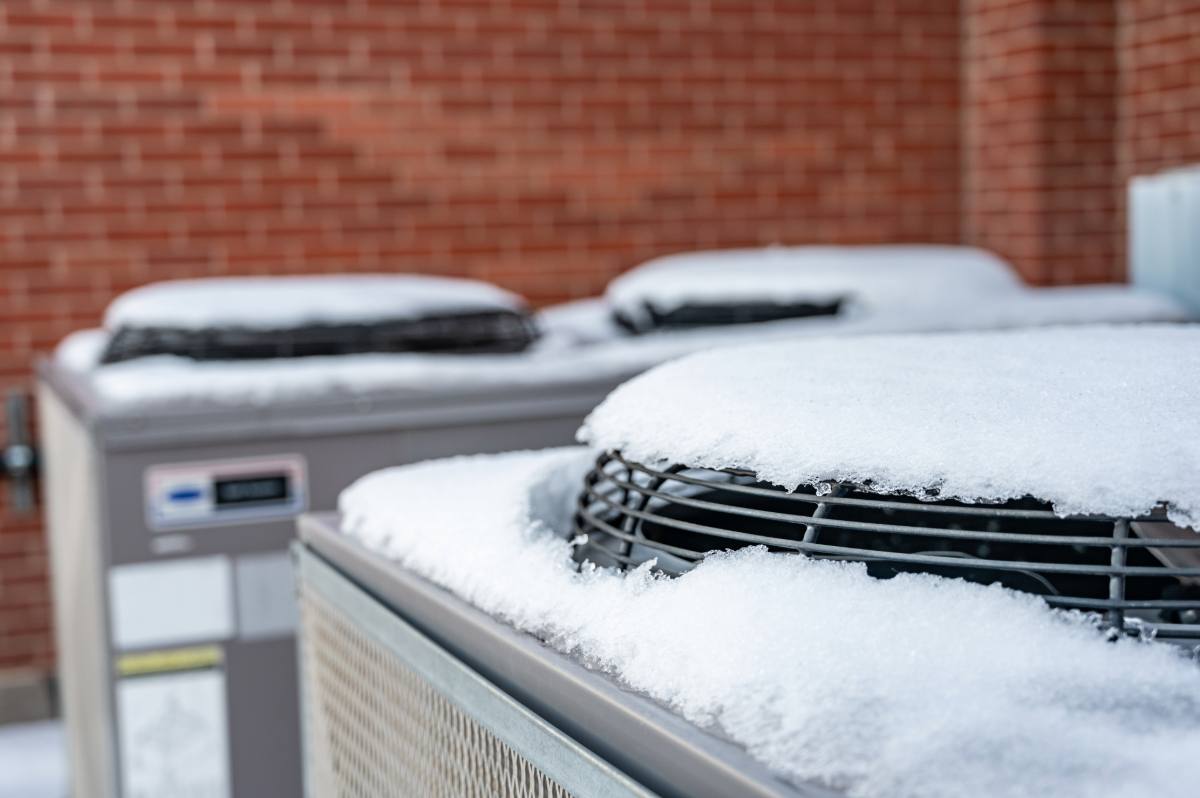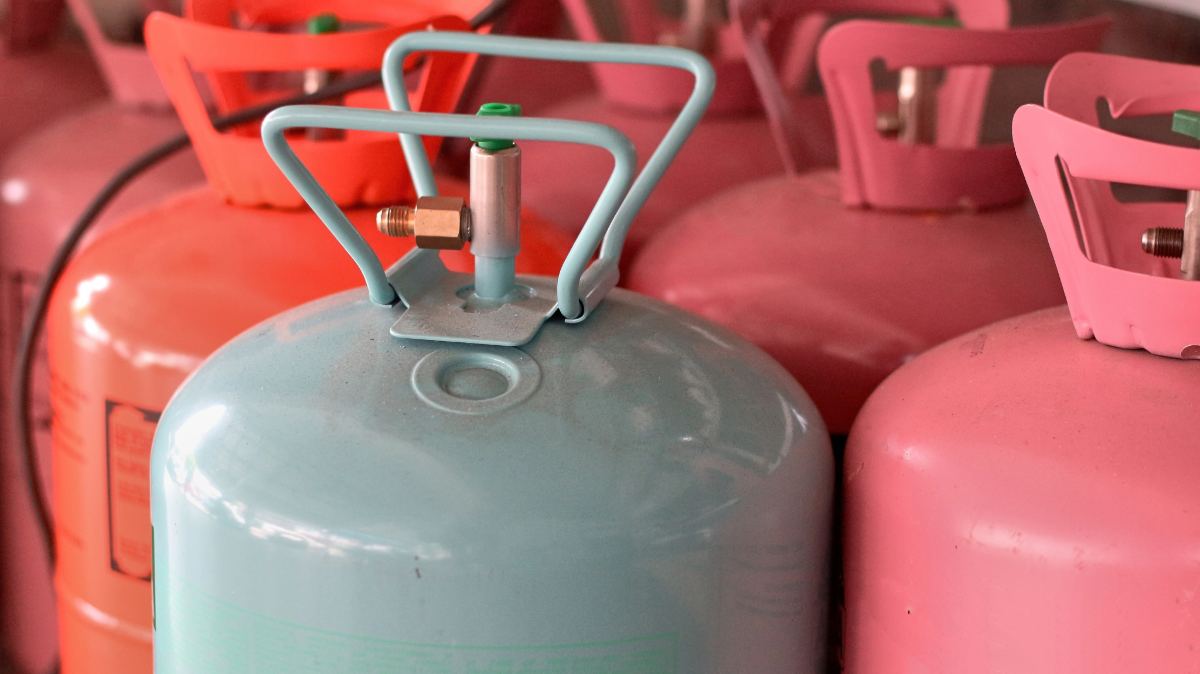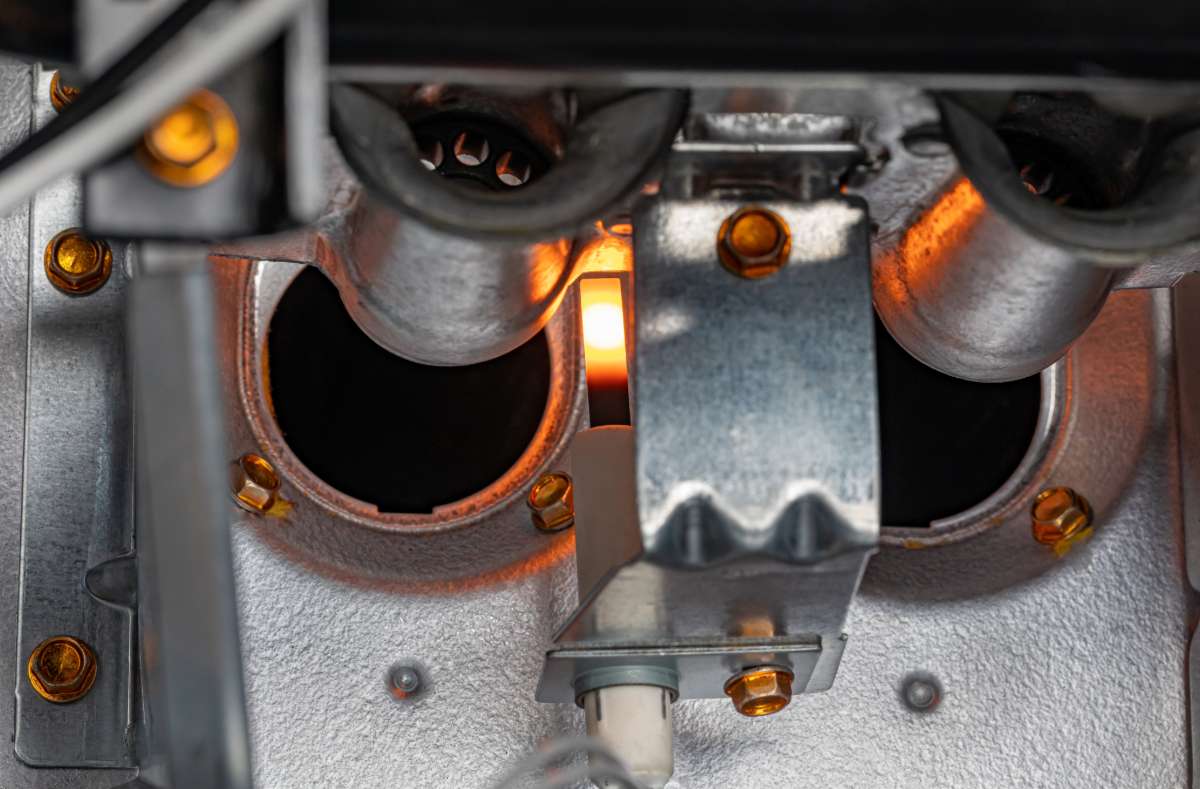SUMMARY: Deciding between an HVAC retrofit and a full replacement is crucial for commercial property owners aiming to balance performance, cost, and energy efficiency. Retrofitting is ideal when systems are structurally sound but need upgrades to improve efficiency or meet modern standards, while full replacements are better for aging, unreliable, or non-compliant systems. Air Ideal helps clients make informed decisions with expert evaluations and customized solutions for long-term comfort and operational success.
For commercial property owners and facility managers, HVAC systems are more than just a comfort solution — they’re essential to building operations, tenant satisfaction, and energy efficiency. But when your HVAC equipment starts showing signs of age or underperformance, a key decision arises: Should you retrofit your HVAC system or replace it entirely?
Making the right choice can impact not only upfront costs but long-term performance and energy savings. In this guide, we’ll help decode the signs, scenarios, and solutions behind HVAC retrofits for commercial properties, empowering decision-makers to choose the most strategic path forward.
What Is an HVAC Retrofit?
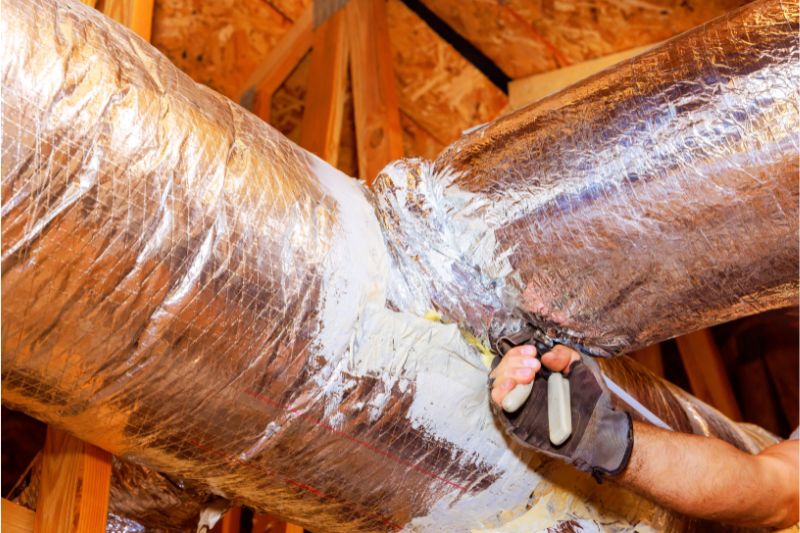
HVAC retrofits involve upgrading specific components of your existing heating, ventilation, and air conditioning system to improve performance, efficiency, or functionality — without replacing the entire system. This can include installing variable speed drives, updating controls, adding energy recovery ventilators, or integrating smart thermostats.
Unlike a full replacement, which involves removing and installing a new HVAC system, retrofitting focuses on modernizing older systems to align with today’s performance standards and energy codes.
When Retrofitting Makes Sense
For many commercial properties, retrofitting is a cost-effective alternative to full replacement — especially when the core of the system is still operational. Here are some scenarios where retrofitting is typically the smart move:
1. The System Is Still Structurally Sound
If your HVAC equipment is older but hasn’t suffered significant breakdowns or system-wide failures, retrofitting can breathe new life into it. Replacing controls, motors, or installing Variable Refrigerant Flow (VRF) upgrades can extend the system’s lifespan by several years.
2. Rising Energy Bills
Older systems often consume more energy than necessary. Retrofitting with energy-efficient upgrades, like high-efficiency compressors or demand-controlled ventilation, can significantly lower monthly utility bills while reducing your carbon footprint — an essential goal for businesses with sustainability initiatives.
3. Inconsistent Indoor Climate
If certain areas of your building are too hot while others are too cold, it may not require a full system overhaul. Retrofits like zoning systems or updated airflow management can resolve these inconsistencies and improve occupant comfort.
4. Budget Constraints
A full HVAC replacement can be a major capital expense. Retrofitting is often less costly and allows businesses to stagger upgrades over time, managing costs more effectively while still improving system performance.
TRANSITIONING FROM FOSSIL FUELS TO RENEWABLE ENERGY SOURCES
When It’s Time to Replace
Despite the benefits of retrofitting, there are situations where full replacement is the more strategic, long-term solution for commercial properties:
1. Frequent Repairs and Downtime
If you’re repeatedly calling in for emergency repairs, the costs can quickly outweigh the price of a new system. Frequent downtime also disrupts business operations and tenant satisfaction, leading to potential revenue loss.
2. System Is More Than 15-20 Years Old
Most commercial HVAC systems have a lifespan of 15 to 25 years, depending on maintenance and usage. If your system is nearing this threshold, it may be more economical — and energy efficient — to invest in a modern replacement rather than pouring money into outdated technology.
3. Lack of Compatibility With Modern Controls
Today’s smart building technologies require HVAC systems that can integrate with building automation systems (BAS) and IoT-enabled devices. Older systems may not be compatible, limiting your ability to track, analyze, and optimize performance. A full replacement ensures compatibility with the latest building tech.
4. Failing to Meet Energy or Code Standards
As New York City tightens building efficiency regulations through initiatives like Local Law 97, property managers may find that older systems are no longer compliant. Replacing them with high-efficiency systems can help avoid hefty penalties and align with green building certifications like LEED.
THE IMPORTANCE OF INDOOR AIR QUALITY IN NYC’S HIGH-RISE BUILDINGS
Why Work With an HVAC Expert Like Air Ideal?
Deciding between retrofitting and replacement isn’t always straightforward — but that’s where Air Ideal can help. With nearly a century of experience serving commercial properties across the NY Metro and Long Island areas, Air Ideal is a trusted name in HVAC design, engineering, installation, and maintenance.
Our team of factory-certified technicians and engineers has deep expertise in evaluating aging systems, understanding energy usage patterns, and identifying cost-effective solutions tailored to your specific needs. Whether your system needs a strategic retrofit or a complete overhaul, we’ll guide you through every step of the decision-making process.
As pioneers in sustainable HVAC solutions, we offer access to the latest technologies in Variable Refrigerant Flow (VRF), geothermal, and energy-efficient systems — ensuring your retrofit or replacement aligns with your energy and operational goals.
A Strategic Investment in Comfort and Efficiency
Choosing between an HVAC retrofit and a full replacement is about more than just upfront costs — it’s a strategic decision that affects energy efficiency, building comfort, system longevity, and compliance.
By partnering with a knowledgeable contractor like Air Ideal, commercial property owners and facility managers can make confident, data-driven decisions. Whether retrofitting to extend the life of your current system or investing in a brand-new installation, the right solution will set your property up for long-term performance and cost savings.
Contact Air Ideal today to schedule a consultation and find out whether an HVAC retrofit or replacement is the best path for your commercial property. Let’s build smarter, more efficient environments — together.
